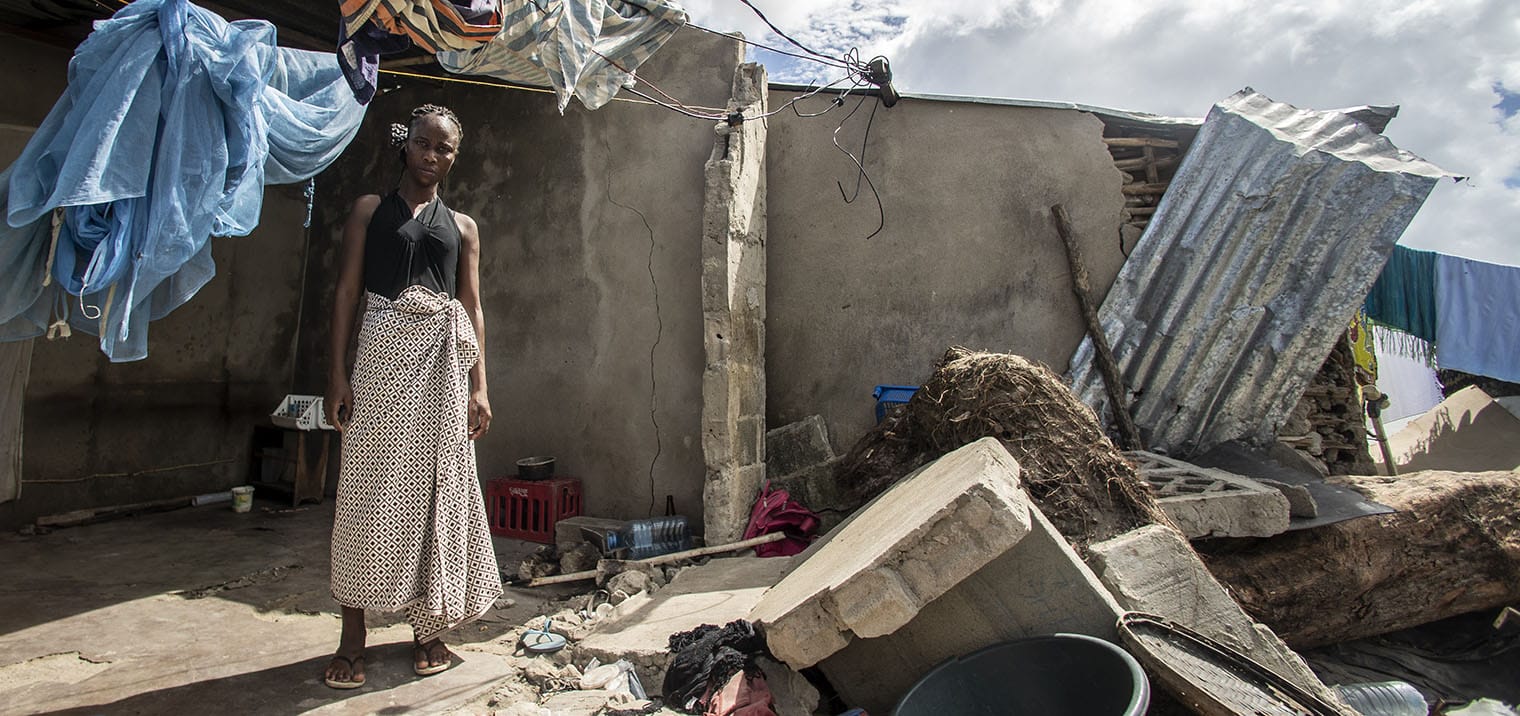
The Aftermath of Cyclone Idai: On the Ground in Mozambique
In the wake of destruction, delivering hope to Mozambique
Mozambique is far from recovery after the devastation wreaked by Cyclone Idai in March 2019. Although floodwaters have receded, tens of thousands of people remain displaced from their homes. Many areas remain inaccessible or very hard to reach by road. The storm and subsequent flooding wiped out crops that were nearly ready for harvest, leaving no trace. To make matters worse, health concerns are mounting, with malaria and cholera on the rise; officials report some 15,000 cases of malaria in the province of Sofala alone, where Idai first made landfall.
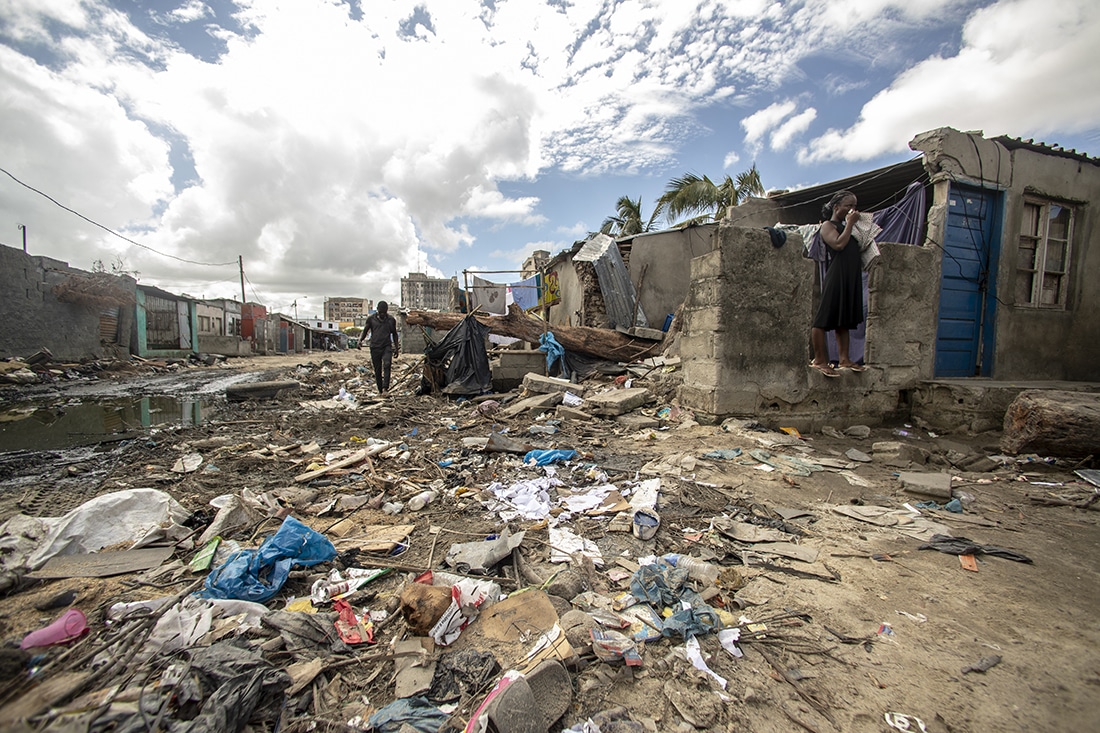

Rebuilding from the ground up
More than 600 people lost their lives in the aftermath of the storm, and thousands more lost homes and livelihoods and now face the difficult task of rebuilding – while making sure their families stay healthy. “I met a farmer who lived in a simple house, made of clay and wood, with his wife and five children. He grew some vegetables and raised chickens and goats. The flooding from the cyclone destroyed his crops and killed his animals,” says Edison Rodrigues, a Brazilian nurse who volunteered for Project HOPE in Mozambique. “He was crying and visibly shaken as he told his story…I gave him what I had and told him to buy five hens, that he could restart with five hens, and I’ll be back next year to make sure they were productive.”
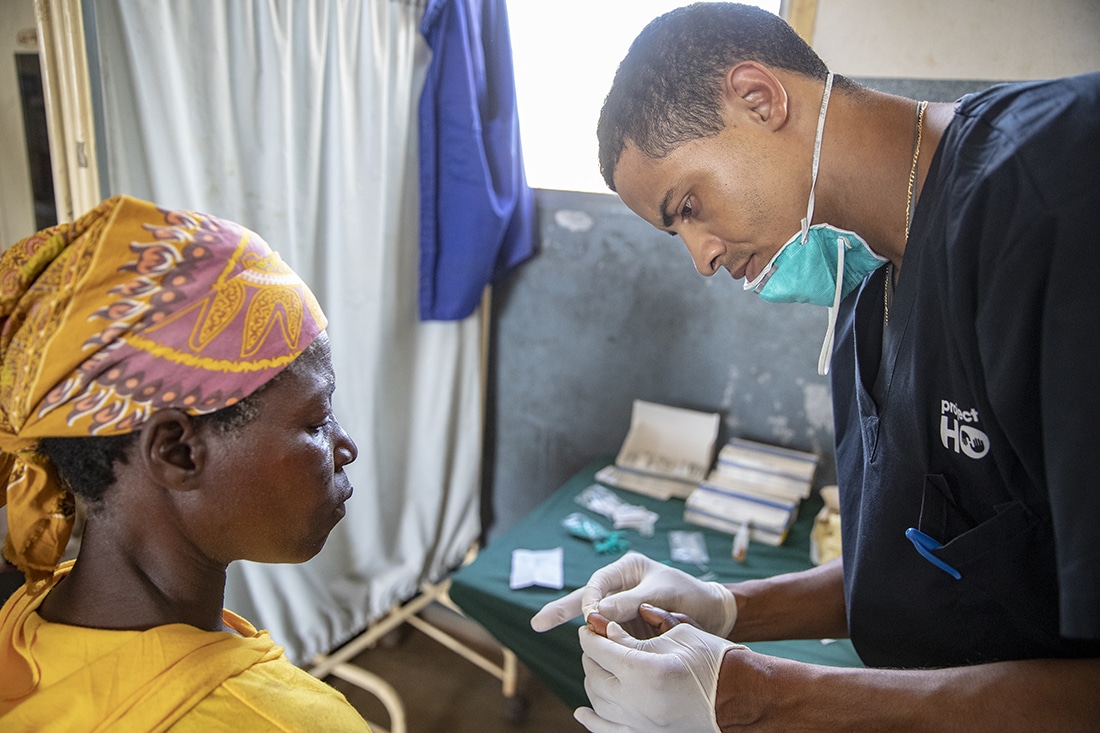

Project HOPE medical volunteers experience the magnitude of urgent need
Rodrigues and Dr. André Gvozden, a Brazilian pediatrician from Maryland, deployed to Mozambique with Project HOPE for two weeks as the country grappled with the immediate aftermath of what was the deadliest storm to hit the country in 50 years. The cyclone left some 1.8 million people in urgent need of just about everything – from food and clean water to shelter and medical care. Idai destroyed many health facilities and cut off access to those miraculously spared and left standing.
Rodrigues and Gvozden treated countless children, women and men living in a shelter in the main city of Beira, and traveled by helicopter to some of the area’s hardest-to-reach villages. “As the helicopter lands, a sea of people surrounds the helicopter and you can’t help having a sense of feeling the romantic view that we’ve come here to rescue the population,” says Gvozden. “But very quickly you realize the magnitude of the problem. And then you do what you can, which for our job is to relieve immediate pain and suffering, especially for the children with malaria.”
Both Rodrigues and Gvozden speak of long lines of people waiting for food and care. Malaria, diarrhea, colds and coughs were common among the patients they saw – not to mention children who were clinically malnourished. Rodrigues says they gave their meal kits to the villagers, instead of eating them.
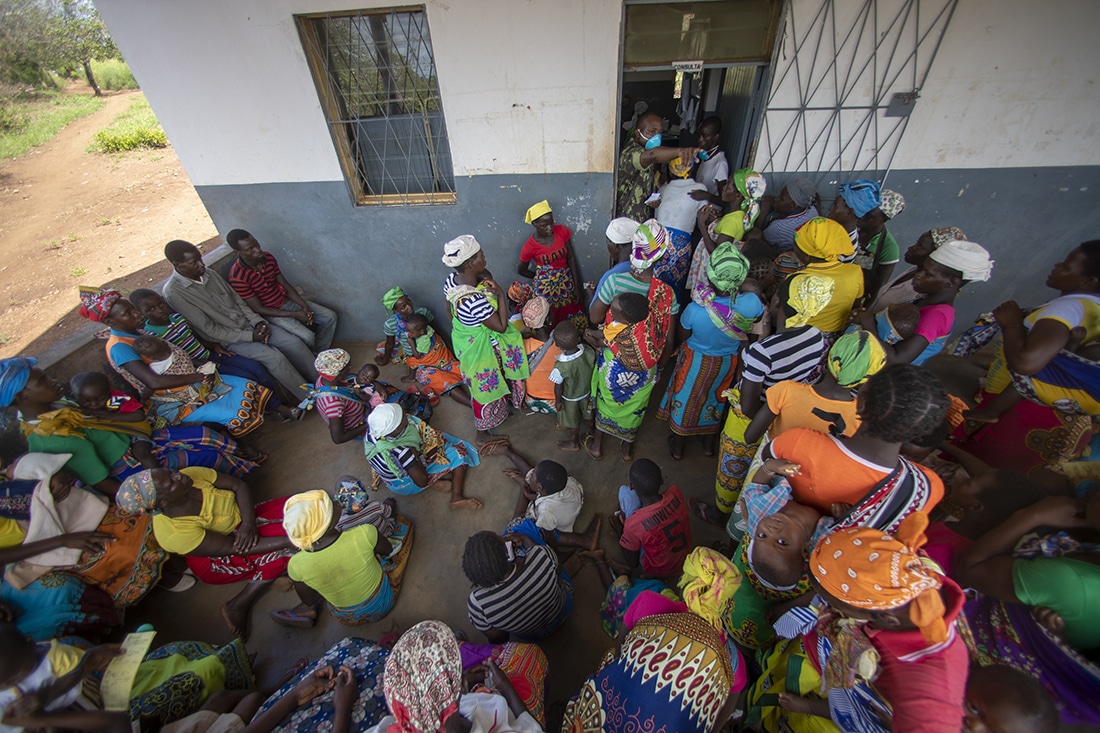

Delivering medicines, supplies, training and hope
The road to recovery will be a long one – and Project HOPE is still on the ground in Beira. A large shipment of essential medicines, including antibiotics, fever reducers and water-purification tablets, just cleared Mozambican customs and will soon be distributed to those who need it most. A second shipment of medical supplies such as gloves and syringes for insulin is on its way. And next week, Project HOPE plans to support partners in distributing specially treated mosquito nets to protect against malaria and facilitating specialized training for health-care workers to recognize and treat its symptoms.
But most important, says Gvozden, even more important than medicine, supplies or training, is conveying one message to cyclone survivors in Mozambique: “There is hope, there are people in the world who care.”
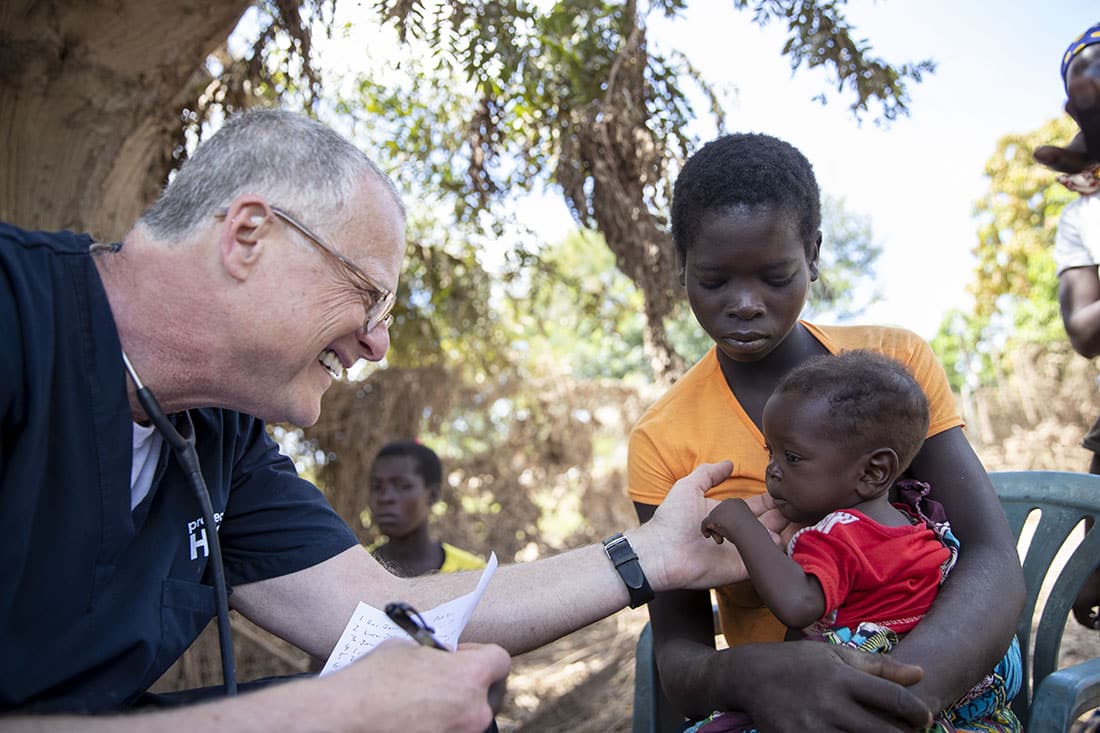
How you can help
Make a lifesaving gift to support our work now and for the future at projecthope.org/donate.
Are you a health-care or other professional who would like to learn more about volunteering abroad with Project HOPE? Learn more about our volunteer program and join our volunteer roster.
Stay up-to-date on this story and our lifesaving work around the world by following us on Facebook, Instagram, LinkedIn and Twitter, and help spread the word by sharing stories that move and inspire you.